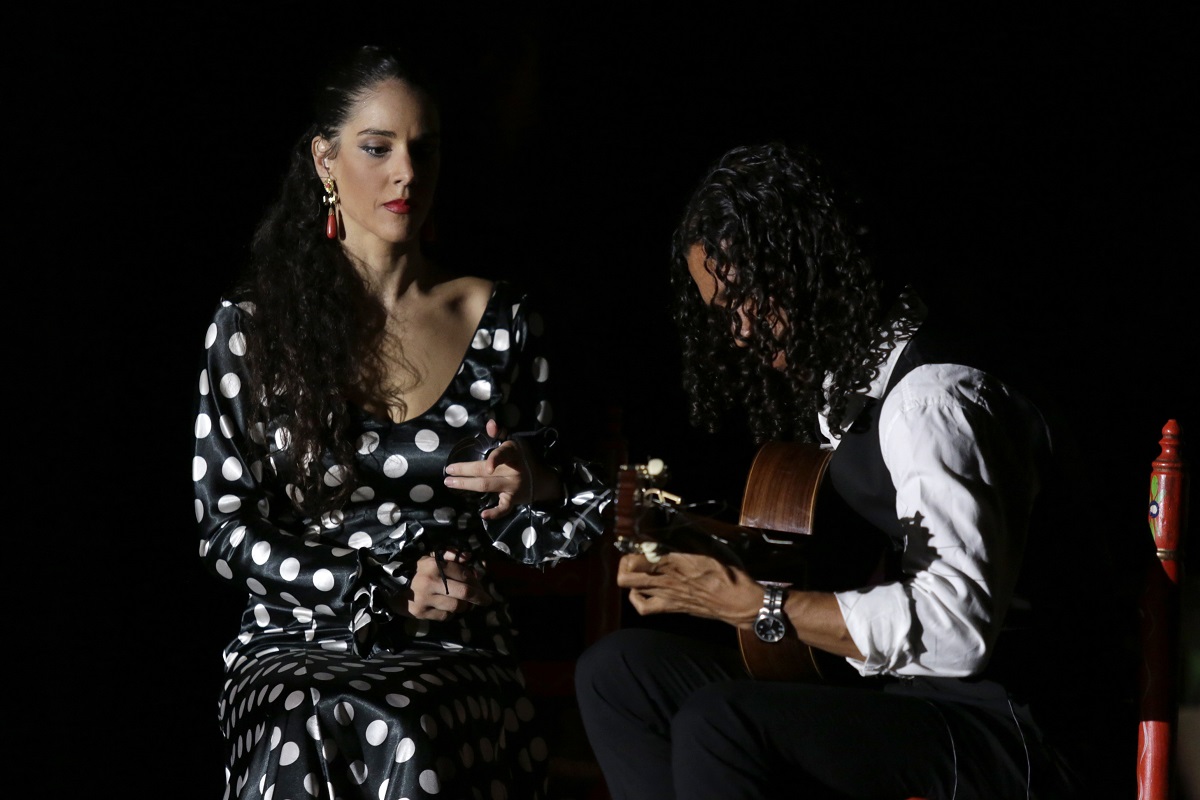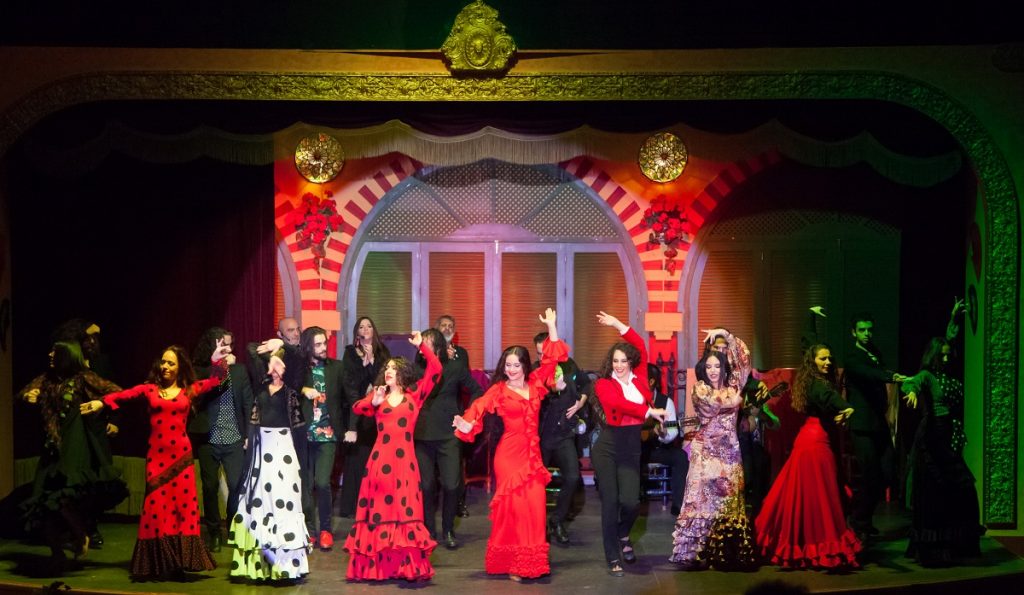Flamenco is a very rich musical genre that combines a series of elements that characterize it and at the same time differentiate it from other musical styles. Resources such as palms, zapateado, castanets or flamenco cajón, add to singing, dancing and guitar to give life to a style that is recognized throughout the world.
As with other types of music, flamenco has its own musical forms and structural elements. Do you want to know what they are? In this article we are going to review some of the keys that flamenco music has and that can help you understand this Andalusian art a little more.
It is the formal structures that allow artists to understand each other on stage. This is true in flamenco, but also in other musical genres. How do singers, dancers and guitarists agree on a performance? Thank you, let’s say, that the elements that form the expressive corpus of flamenco music have been “codified.”
Flamenco musical art has a series of melodic (singing), harmonic (guitar), rhythmic and metric patterns, as well as a concrete version for the lyrics that are interpreted in each flamenco style.
As we have indicated on other occasions, flamenco has more than fifty different styles, which are the different modalities that exist and that are grouped differently depending on their origin, metric or if it has dance or guitar accompaniment, among other characteristics.
Flamenco’s own formal elements
The knowledge of the characteristics that each style has is what allows that understanding of the artists in the tablao. The guitarist, who accompanies singing or dancing, knows not only the subject he has to perform, but also knows where he should accelerate or delay time and where to finish it, for example.
 This refers to the formal elements of flamenco, those that we say establish ‘the rules or characteristics’ that each flamenco club must have, among which the following stand out:
This refers to the formal elements of flamenco, those that we say establish ‘the rules or characteristics’ that each flamenco club must have, among which the following stand out:
- Tercio (third), verse or lyrics of a song has a specific musical entity. The lyrics of a song song are composed in verses that flamenco calls «tercios». The verses of eight syllables predominate, but there are also six, eleven and seven. For example, in the soleá the first tercio is the first letter, while in a malagueña the first third corresponds to the first melodic verse.
- Letra de cambio or macho is the one that ends or ends a song.
- Antífona in flamenco refers to the characteristic ‘ayeos’ that are interpreted in sticks such as caña and polo.
- Variations in the guitar are the own sequences that each style has that are interpreted to prepare the song.
- Falseta is a composite piece for the guitar that is interpreted between the different lyrics of a flamenco song. The repertoire of falsetas is very wide and, in addition, many guitarists often add improvisations to the singing that are well composed by them or by other flamenco artists.

Flamenco dance also has formal elements, among which we can highlight the following:
- The ‘salida‘ that refers to the moment when the dance begins. Curiously it has the same meaning as input, as it is understood if we refer to the entrance on the stage or in the music or exit to the tablao by the dancers.
- The ‘llamada’ is a succession of sounds with shoes, zapateado, which is made to warn the singer that singing can begin.
- The ‘escobilla’ is the part in which a complete rhythmic composition is executed with a zapateado. As the escobillas finishes, the artist increases the pace and culminates with a closing. A dance usually consists of a brush, although it can have two, one at the beginning, shorter, and one almost at the end, more elaborate.
- The ‘desplante’ is the part of the flamenco dance in which the dancer or dancer gives strong blows with his feet against the ground with a haughty gesture, usually to finish off the dance.

If we focus on singing, the model that these flamenco artists usually follow is as follows:
- Introduction of guitar, which is the music that the guitarist prepares before singing.
- The‘salida‘ is the moment in which the singer tempers the voice, takes hold in the tone and in the tempo that marks the guitar. It is when he sings the own ayeos of each style or expressions such as tirititrán, lerele, ay ay… They are the complains or laments typical of flamenco, from which the characteristic mode and tone of this genre arises, about a proper harmony known as Andalusian cadence.
- The ‘cante de preparación’ (preparation singing) is the first ‘tercio’ of the song that does not have much interpretive difficulty, although the same expressiveness as the rest of the piece.
- For its part, the ‘cante valiente’ (brave singing) is the third most elaborate melodic, with high scores and linked verses, which are made at a stretch and without taking air between them. It is the part in which the singer demonstrates all his power.
- The ‘remate’ is the last part of the song, in which time is accelerated and the modal tone is changed to the major tone. In many songs this auction is known as male or change, with a clear allusion musical conclusion.
These keys are a general approach to what would be a formal classical scheme of flamenco. There are many variations and combinations, since flamenco is a live genre and open to improvisation. However, they are brushstrokes that can help you understand a little more an art as rich and diverse as flamenco.

 This refers to the formal elements of flamenco, those that we say establish ‘the rules or characteristics’ that each flamenco club must have, among which the following stand out:
This refers to the formal elements of flamenco, those that we say establish ‘the rules or characteristics’ that each flamenco club must have, among which the following stand out:
